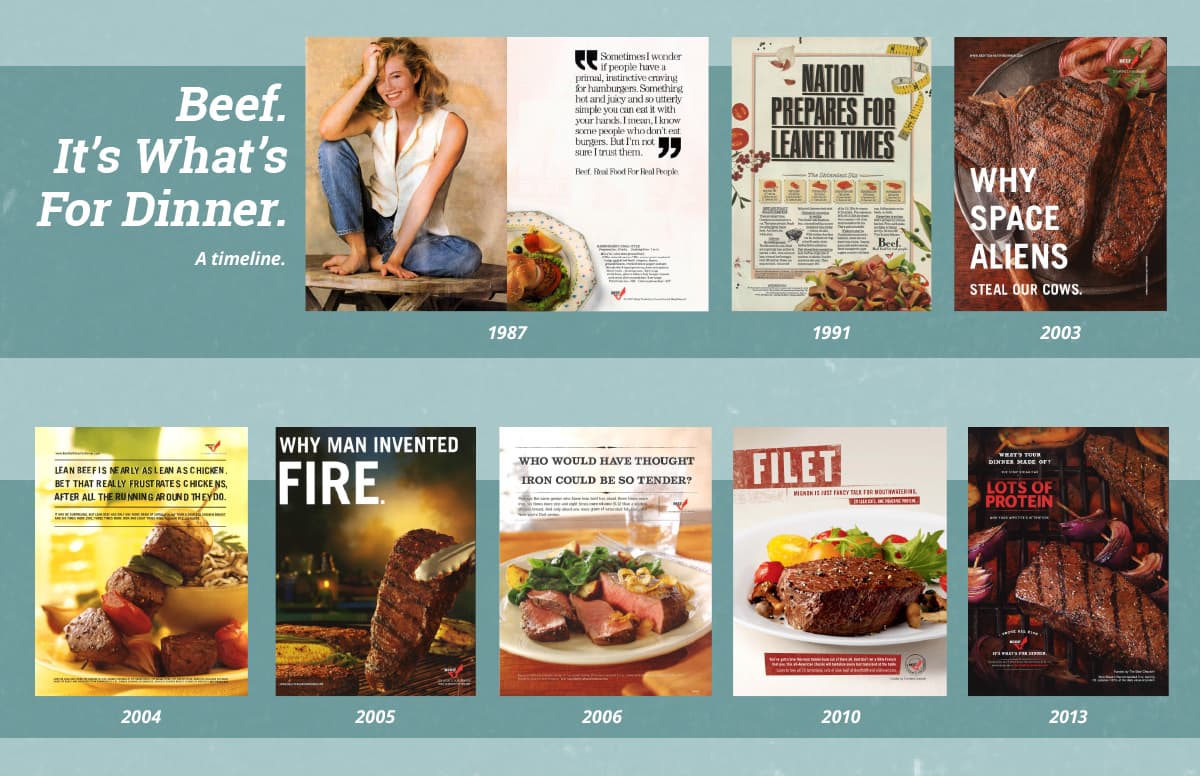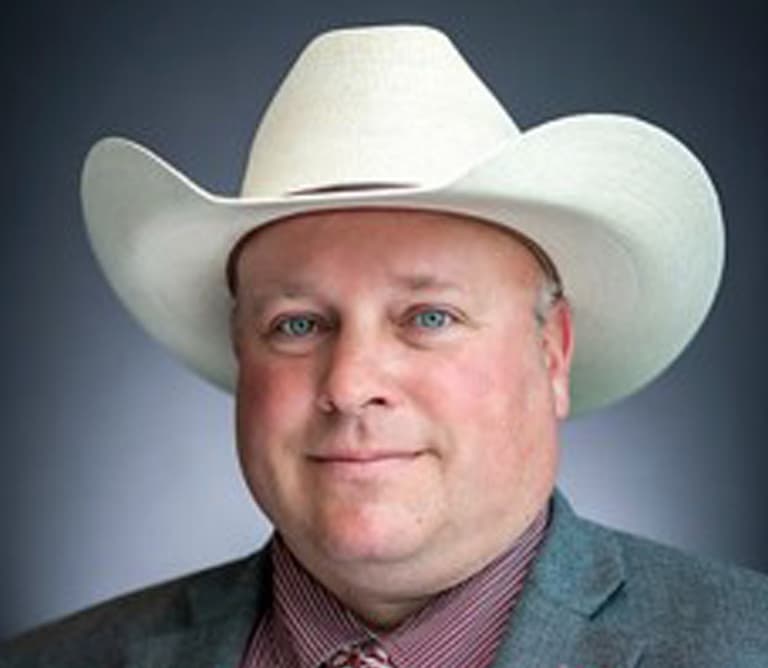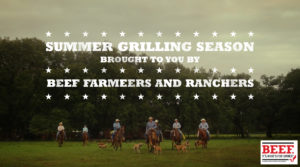“No one is out there advocating for the beef industry to get national attention; we’re out here because this is our livelihood.” – Brandi Buzzard Frobose, blogger, cattle rancher and agriculture advocate.
Many producers have the same sentiment. They don’t want attention or stardom; they simply want consumers to understand beef production. They want to protect their way of life and advocate effectively for this industry. But the question is – where to start?
As an agriculture advocate for more than a decade, Buzzard Frobose has built a large following of both industry peers and urban consumers who are eager to learn about her perspectives on the ag industry. She is co-owner of High Bar Cattle Company with her husband, Hyatt, near Greeley, KS, and documents her advocacy efforts on her blog BuzzardsBeat.
As her following has grown over time, so has her knowledge and expertise when it comes to advocating and having productive conversations with consumers about beef and production practices. Buzzard Frobose attributes her skills, knowledge and conversational approach to the Beef Checkoff-funded Masters of Beef Advocacy (MBA) Program.
MBA Program
Facilitated by the National Cattlemen’s Beef Association (NCBA), a contractor to the Beef Checkoff, the MBA program was created 10 years ago to help close the gap between pasture and plate by engaging beef industry advocates and equipping them to effectively communicate with consumers. The program’s free, self-guided online courses provide farmers, ranchers, service providers, consumers and all beef community members with the tools and resources they need to become beef advocates and answer tough questions about beef and raising cattle.
MBA consists of five lessons in beef advocacy, including:
- The Beef Community – Context of raising beef from pasture to plate focusing on the community of people involved throughout the beef lifecycle.
- Raising Cattle on Grass – An introduction to the first step in the beef lifecycle and the many benefits of raising cattle on our country’s vast grass pasture resources.
- Life in the Feedyard – A discussion on the role of feedyards, including animal care, nutrition and environmental stewardship, at this important step in the beef lifecycle.
- From Cattle to Beef – An in-depth look at the slaughter process and the humane handling and safety measures in place at today’s beef processing facilities.
- Beef. It’s What’s For Dinner. – A primer on choosing and cooking the right cuts of beef and the important role of beef in a healthful diet.
Today, more than 17,000 members of the beef community have participated in this program. One of those members is Buzzard Frobose, who integrates these lessons and resources into the beef stories she shares every day.
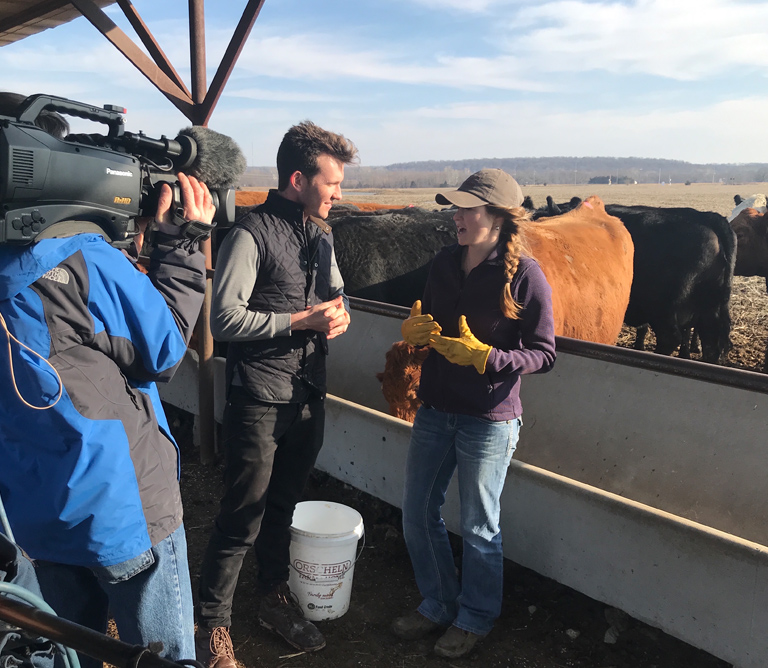
Key Lessons
It’s important for beef industry advocates to help consumers better understand how cattle are raised and how beef belongs as part of healthy, sustainable diets. Buzzard Frobose says an essential principle to keep in mind when engaging with consumers is listening to understand, not listening to be heard.
“The goal is to understand, engage and build a relationship with people,” Buzzard Frobose says. “Grocery shoppers do have concerns, and if we want to have a good rapport or engaging conversations with them, we need to listen to understand them and address those concerns conversationally and try hard not to get ‘preachy.'”
Another critical factor is to find common ground and share a personal example. For Buzzard Frobose, she can easily connect with an urban mom who wants to provide her family with healthy, nutritious food. “I may be a rancher, but I’m a mom and wife first who also has concerns for her family’s health,” she says. “I may not have anything else in common with that person, but I can connect and find common ground.”
Buzzard Frobose notes it’s critical not to get defensive when engaging with consumers. “If you’re going to open yourself up to questions, you need to be able and willing to open yourself up to some associated criticism too,” she says. “If you’re going to put yourself out there as wanting to answer questions, you need to answer the questions from the standpoint of wanting to build a relationship.”
All of these lessons help Buzzard Frobose genuinely connect with consumers. Her success in the advocacy field has led to interviews on national television networks, including CBS, FOX and MSNBC. “The MBA program gave me the skills I needed to write in a way that got me noticed outside of the agriculture vacuum chamber,” Buzzard Frobose says.
Certification Value
Whether Buzzard Frobose is writing a blog, drafting a social media post or speaking to a group, she references what she has learned through the MBA program. “Every week, I am accessing some MBA resource in one way or another,” she says. “The Beef Checkoff has the research. There’s no reason for me to dig around on Google when I can go to a Checkoff-funded website to get the scientifically proven information and facts that I need.”
Whether it be through the MBA program or other Checkoff-funded resources, the Beef Checkoff is dedicated to providing resources and tools to help advocates like Buzzard Frobose enhance their skills and successfully advocate for beef.
Learn more about the Masters of Beef Advocacy Program and get certified here.

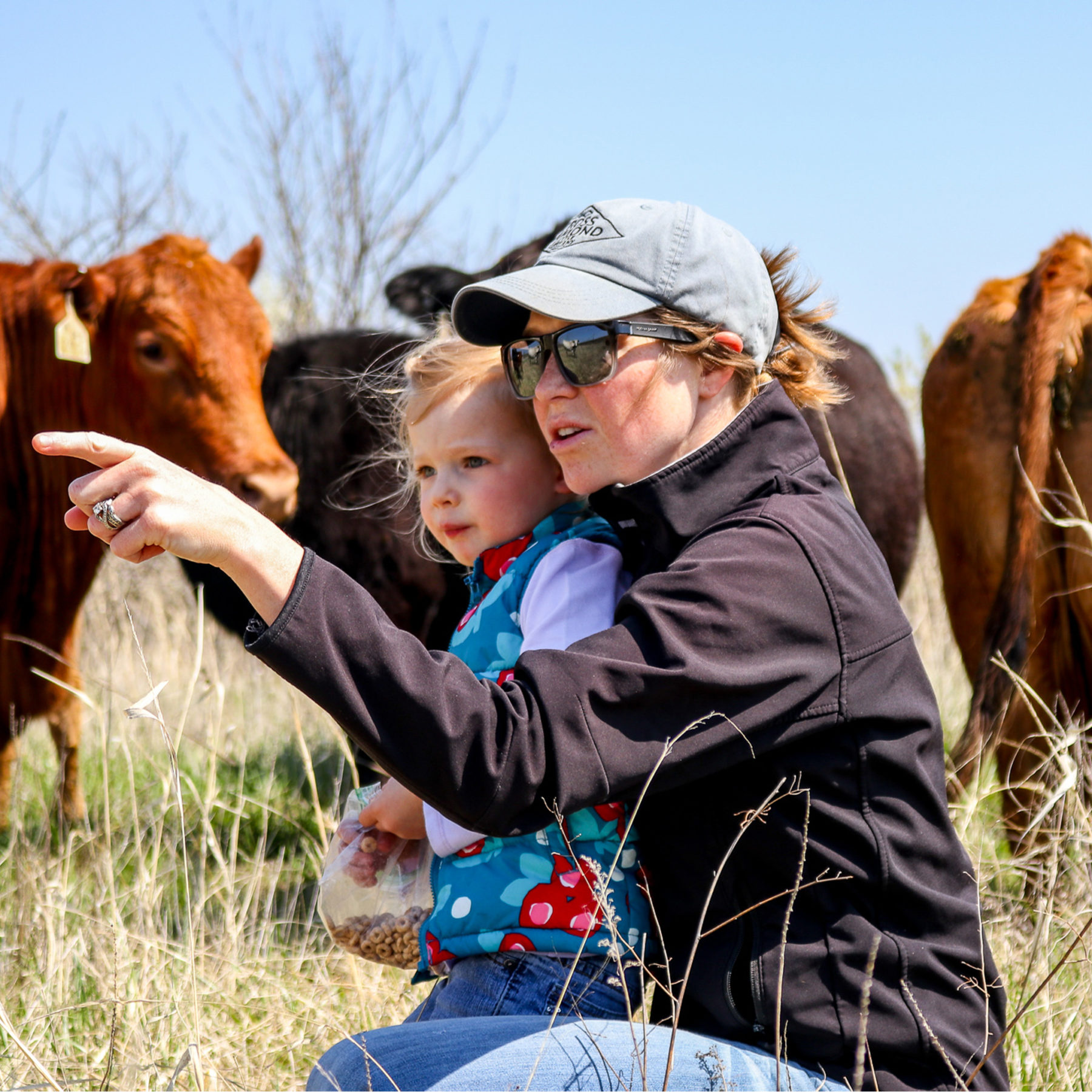
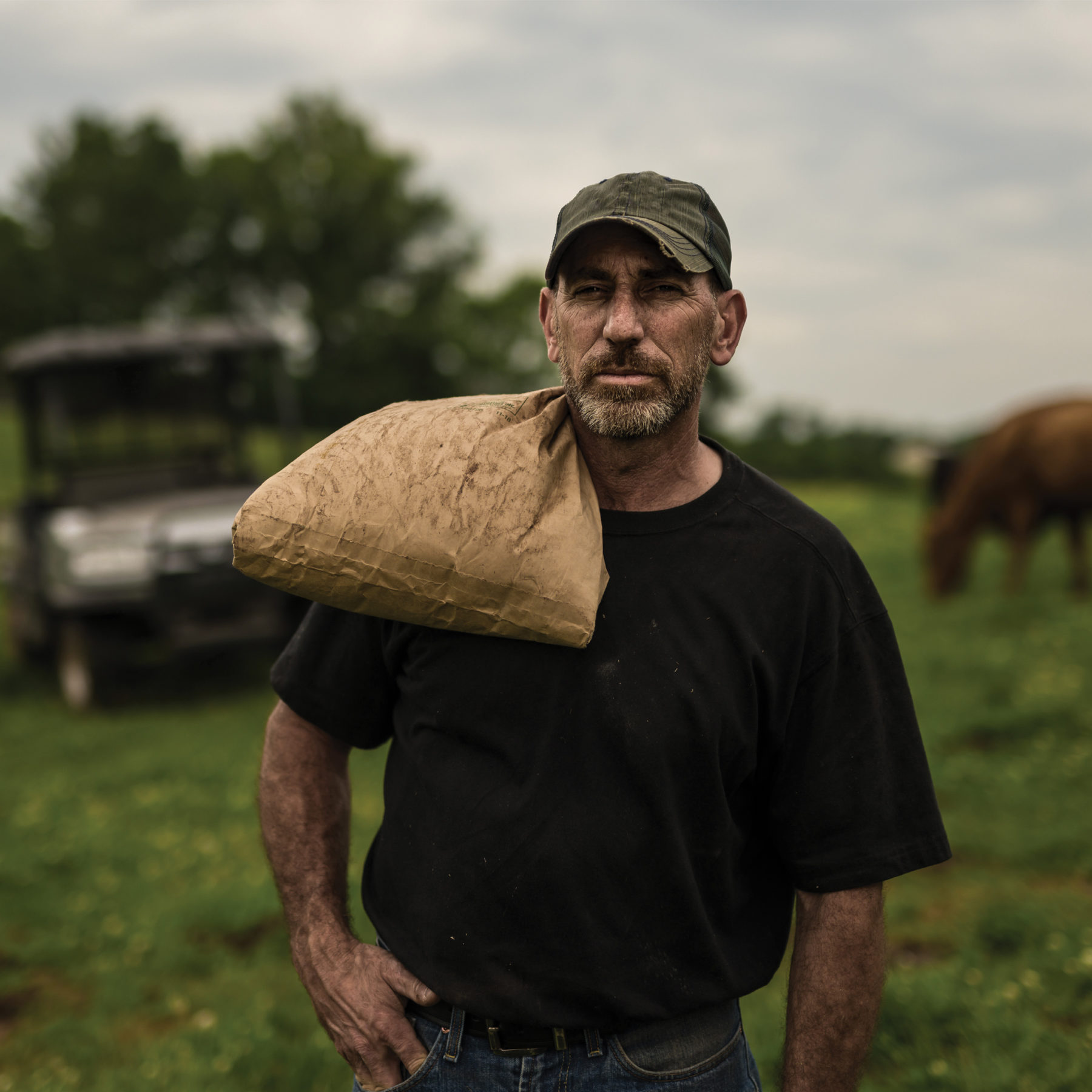
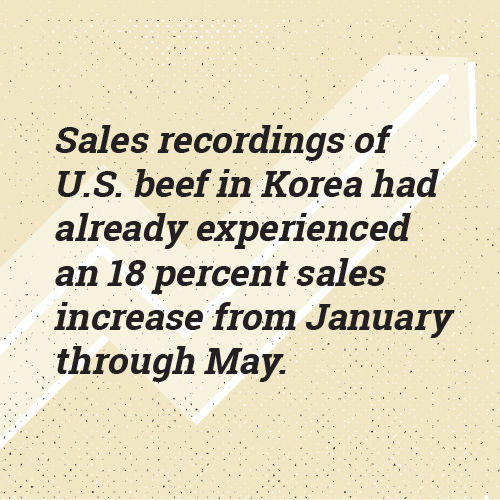 4. Product Samplings in South Korea
4. Product Samplings in South Korea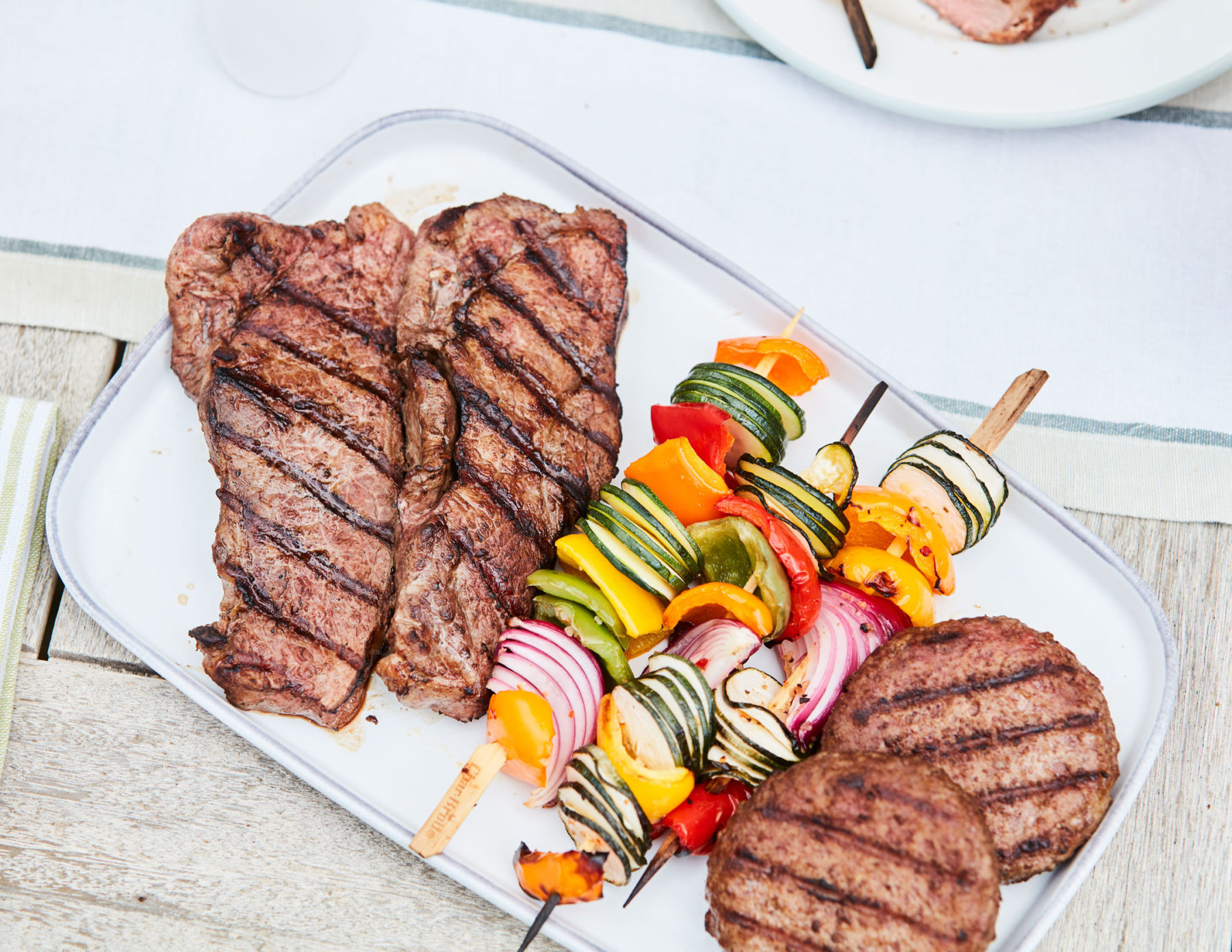
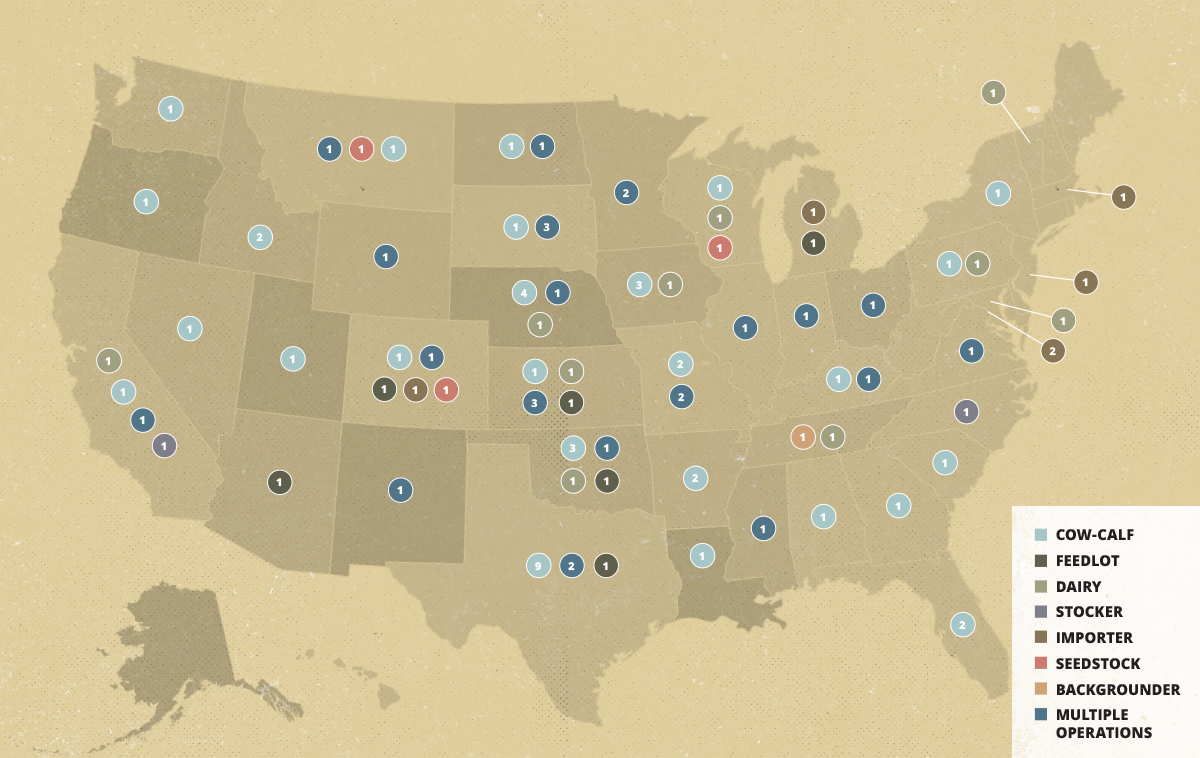 Behind every Beef Checkoff decision is a cattle producer. And, more often than not, it’s a neighbor down the road, a fellow member of the local cattle group or the cattleman or woman looking at a pen of bulls during a spring production sale. These producers and importers go through the same challenges and face the same adversities as their fellow cattle producers across the nation. With passion and steadfast dedication, Cattlemen’s Beef Board members from across the U.S. volunteer their valuable time to represent both the entire beef industry and producers in their state.
Behind every Beef Checkoff decision is a cattle producer. And, more often than not, it’s a neighbor down the road, a fellow member of the local cattle group or the cattleman or woman looking at a pen of bulls during a spring production sale. These producers and importers go through the same challenges and face the same adversities as their fellow cattle producers across the nation. With passion and steadfast dedication, Cattlemen’s Beef Board members from across the U.S. volunteer their valuable time to represent both the entire beef industry and producers in their state.